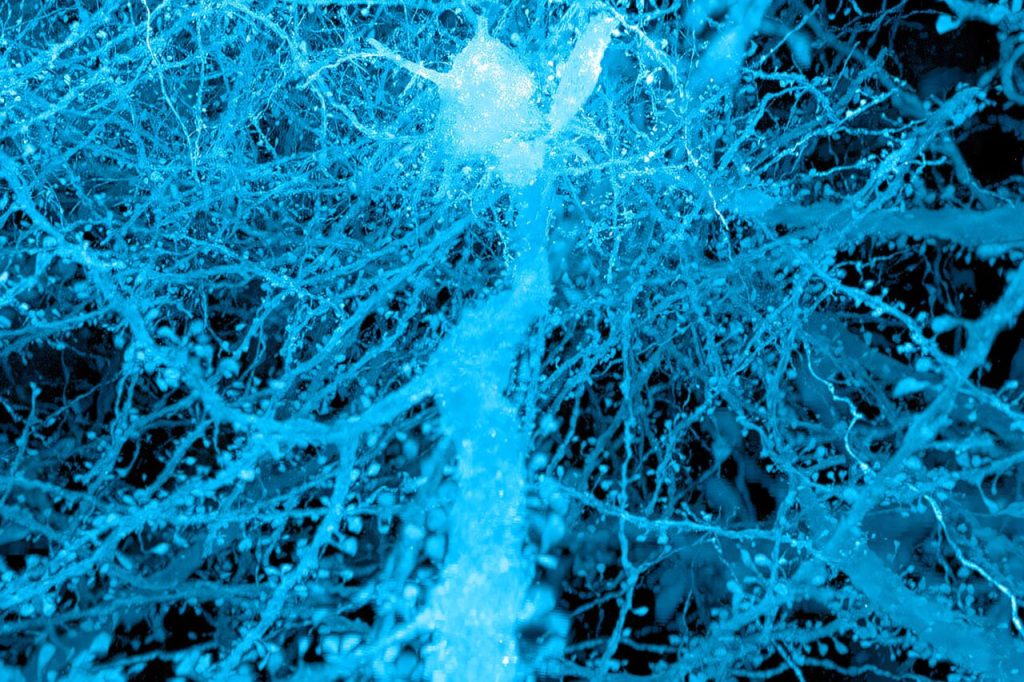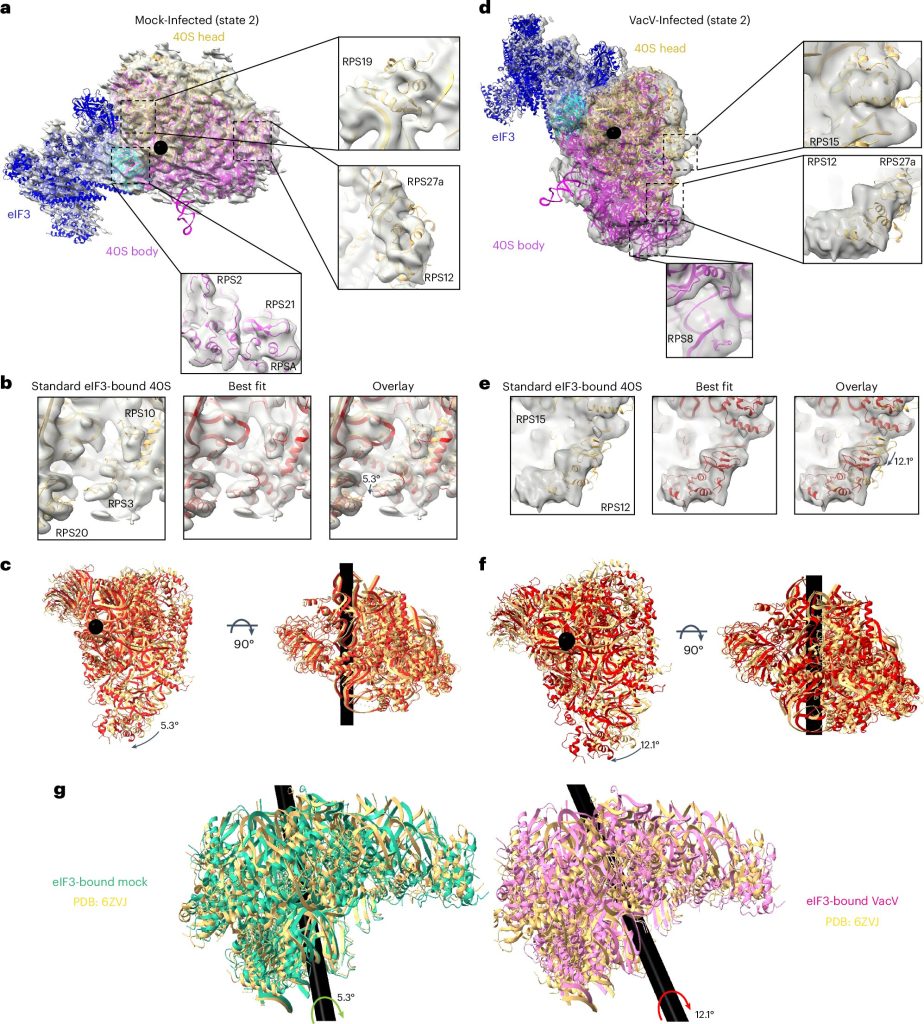Over a century ago, scientists peered through microscopes and imagined how information flows through the brain. Today, advancements in imaging technology allow researchers to zoom in and see the intricate synapses through which neurons communicate. This closer look reveals not only how healthy brains function but also the changes that occur in disease.
Expansion microscopy, developed by Edward Boyden in 2015, is a game-changer. By swelling tissue samples up to 20 times their original size, researchers can capture finer details with clarity. This method involves infusing tissues with a hydrogel, softening them chemically, and adding water to induce swelling. The result is a clearer view of the nano-scale interactions within biological systems.
This innovative approach is not limited to the brain; it has been applied to various areas of research worldwide. From studying the fruit fly brain to examining parasites like the malaria parasite, expansion microscopy provides unprecedented insights into cellular structures and functions.
The key to expansion microscopy’s success lies in its versatility and accessibility. Researchers across different fields have utilized this technique to uncover vital information about proteins, organelles, and disease-related changes in tissues. Moreover, expansion microscopy has been instrumental in countries with limited resources, democratizing high-resolution imaging for a diverse range of scientific investigations.
Continuous improvements have made expansion microscopy even more powerful. Today, researchers can visualize cellular components with remarkable precision, down to 20 nanometers apart. By expanding the scope to include proteins, RNA, and lipids, expansion microscopy offers a comprehensive view of biological systems.
Looking ahead, innovators are exploring new ways to enhance expansion microscopy further. By combining this method with other cutting-edge tools like lattice light-sheet microscopy, researchers can achieve high-resolution imaging of entire brains in a matter of days. These advancements are not only revolutionizing biological imaging but also paving the way for groundbreaking discoveries in science and medicine.



